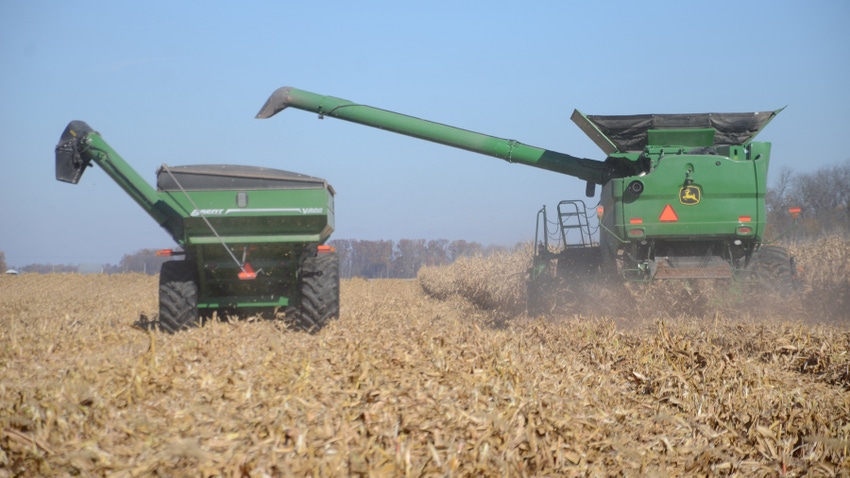March 28, 2023

by Bob Nielsen
Changes in corn yield over time tend to be linear, with the occasional change in the slope or rate of linear increase in response to changes in genetics or agricultural technologies. Consequently, “trend lines” tend to be calculated using simple linear regression methods with widely available spreadsheet software like Microsoft Excel.
For example, the linear trend for corn yield improvement in the U.S. since 1956 has been 1.9 bushels per acre per year. From the mid-1930s to mid-1950s, after adoption of hybrid corn, the trend line was about 1 bushel per acre per year. From 1866, when records were first kept, to 1935, trend yields were flat, with U.S. corn yields averaging in the 20-plus-bushel-per-acre range for the entire 170-year period.
The first bump in the trend line brought about by hybrid corn is often called the “first miracle” in corn production, and the second bump in the mid-’50s — linked to better agronomic practices, commercial fertilizer and better genetics — is termed the “second miracle.” The trend line calculation from the mid-’50s to now accounts for 93% of the historical year-to-year variability in corn yields. In other words, it is a very good “fit” to the data.
Taking certain precautions when using statistics minimizes the risk of drawing incorrect conclusions. One precaution relates to understanding the impact of the length of time used in estimating the yield trend line. A couple of simple examples illustrate this:
False positive. The year I graduated from high school was the end of a 10-year run of impressive improvements in national corn grain yields, except for the 1970 southern corn leaf blight epidemic. The linear yield trend calculated for that 10-year period was a pretty good fit to the data. That fit indicated yield was now increasing at 2.9 bushels per acre per year.
If it truly was the “third miracle” of corn yield improvement, by 2023, the average U.S. national corn yield would near 237 bushels per acre. Obviously, that didn’t happen.
Biotech bonanza? Hybrid corn with GMO or biotech traits in the mid-1990s was loudly hailed as the precursor of the “third miracle” of corn yield improvement. Some pointed to the 10-year trend line beginning in 1996 that seemingly showed the historical trend of 1.9 “miraculously” increased to 2.7. If real, the U.S. corn yield would be 200 bushels per acre this year. Again, this one was off the mark.
Instead, the yield trend calculated from the past 67 years since 1935 still describes the rate of corn yield improvement very well. Interestingly, if one considers just the 27 years since the introduction of hybrids with transgenic traits, the yield trend is also 1.9. I interpret that as more evidence that the transgenic traits currently available to corn growers haven’t boosted annual rate of corn yield improvement.
Thus, as I see it, the “third miracle” of corn yield improvement continues to be “just over the horizon.”
Nielsen is a retired Purdue Extension corn specialist. Find a more complete report online.
You May Also Like




